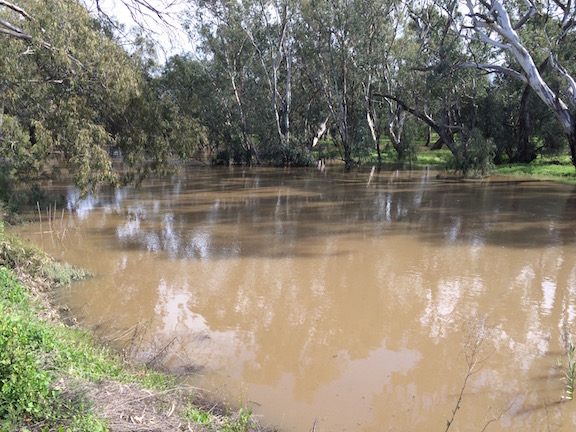What does it take to grow the food that makes it to your table? It takes time, a farmer’s hard work, and yes, water… …But not as much water as you’d think. In fact, in California, over the past half century, agricultural water use has remained about the same, while providing about 43 percent more food […]
Let’s Learn from Australia Before It’s Too Late
The California State Water Resources Control board, elected officials and others frequently tout Australia as a model for managing limited water resources. Specifically, Australia’s long history of dealing with drought is seen as a way to help California avoid making the same mistakes – Australia has already been where California is heading. On August 16, […]

